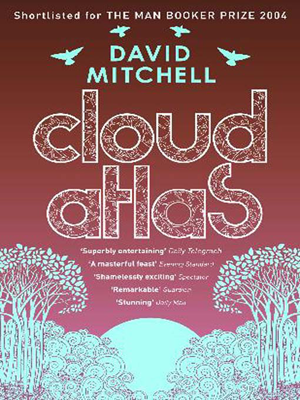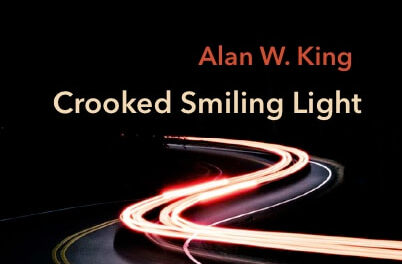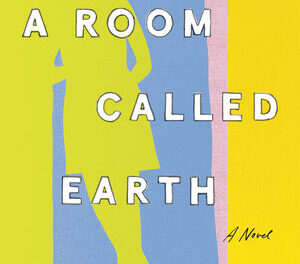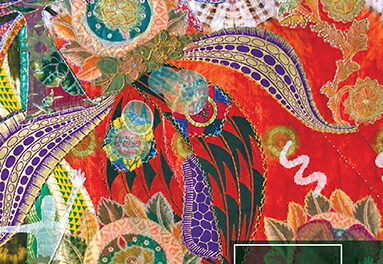Brian Trapp: I’m currently w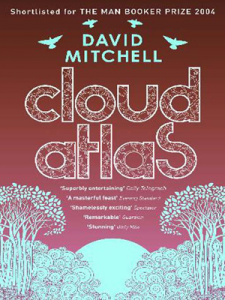 riting a novel, which has not proved helpful for my mental health. I’m beset with the usual first-draft questions: How many narrators? One? Three? How much time will the narrative cover? One month? One year? Ten? To keep from quitting forever and taking up a more forgiving occupation (Bomb defuser? Smoke jumper?), I take comfort in the fact that there are only so many options. But after reading David Mitchell’s Cloud Atlas, I am once again on the cusp of mental breakdown. Mitchell’s novel has six (!) narrators and covers oh . . . why not . . . a thousand years.
riting a novel, which has not proved helpful for my mental health. I’m beset with the usual first-draft questions: How many narrators? One? Three? How much time will the narrative cover? One month? One year? Ten? To keep from quitting forever and taking up a more forgiving occupation (Bomb defuser? Smoke jumper?), I take comfort in the fact that there are only so many options. But after reading David Mitchell’s Cloud Atlas, I am once again on the cusp of mental breakdown. Mitchell’s novel has six (!) narrators and covers oh . . . why not . . . a thousand years.
The book can more accurately be described as a series of interlocking novellas, each blending chameleon-like into different genres (seafaring journal, Victorian epistolary, mystery/thriller, sci-fi dystopia). The novel starts and ends with an epic of British imperialism, but in between it trapezes to 1970s California, Victorian Belgium, contemporary London, future Korea, and more distant end-of-civilization Hawaii, employing Mitchell’s assured prose and expertly curated detail.
This author is best when painting other worlds, and he can find the most telling detail to make a scene believable. For instance, in “The Pacific Journal of Adam Ewing,” when the nineteenth-century seafarer gets to a racist missionary outpost on an obscure island, he notices a dining room table with its legs immersed in a dish of water to keep the ants away. How did he come up with that? It’s the best of details: utterly convincing and also thematically significant. Civilization in this novel is always on shaky ground, and yet there is a hopeful air to many of these stories. In the mostly depressing Phillip K. Dick-inspired “An Orison of Sonmi-451,” a cloned “fabricant” gives her confession to a government minder after a quashed rebellion, and yet her Bill of Rights lives on as a religion in the next novella, showing that even when characters die, their stories can matter for future generations.
Cloud Atlas is held together like a symphony, with repeating themes of reincarnation and cannibalism, even down to the novellas themselves, each one existing as a text in a later novella. Mitchell, who did a master’s thesis on postmodern literature, offers the complex intertexuality of his postmodern forebears, while still supplying the old-timey pleasures of a good yarn. In other words, he is both sophisticated and accessible. While some novellas are better than others, cumulatively, this novel holds up, and in its last line makes a compelling case for itself: “Yet what is any ocean but a multitude of drops?”

